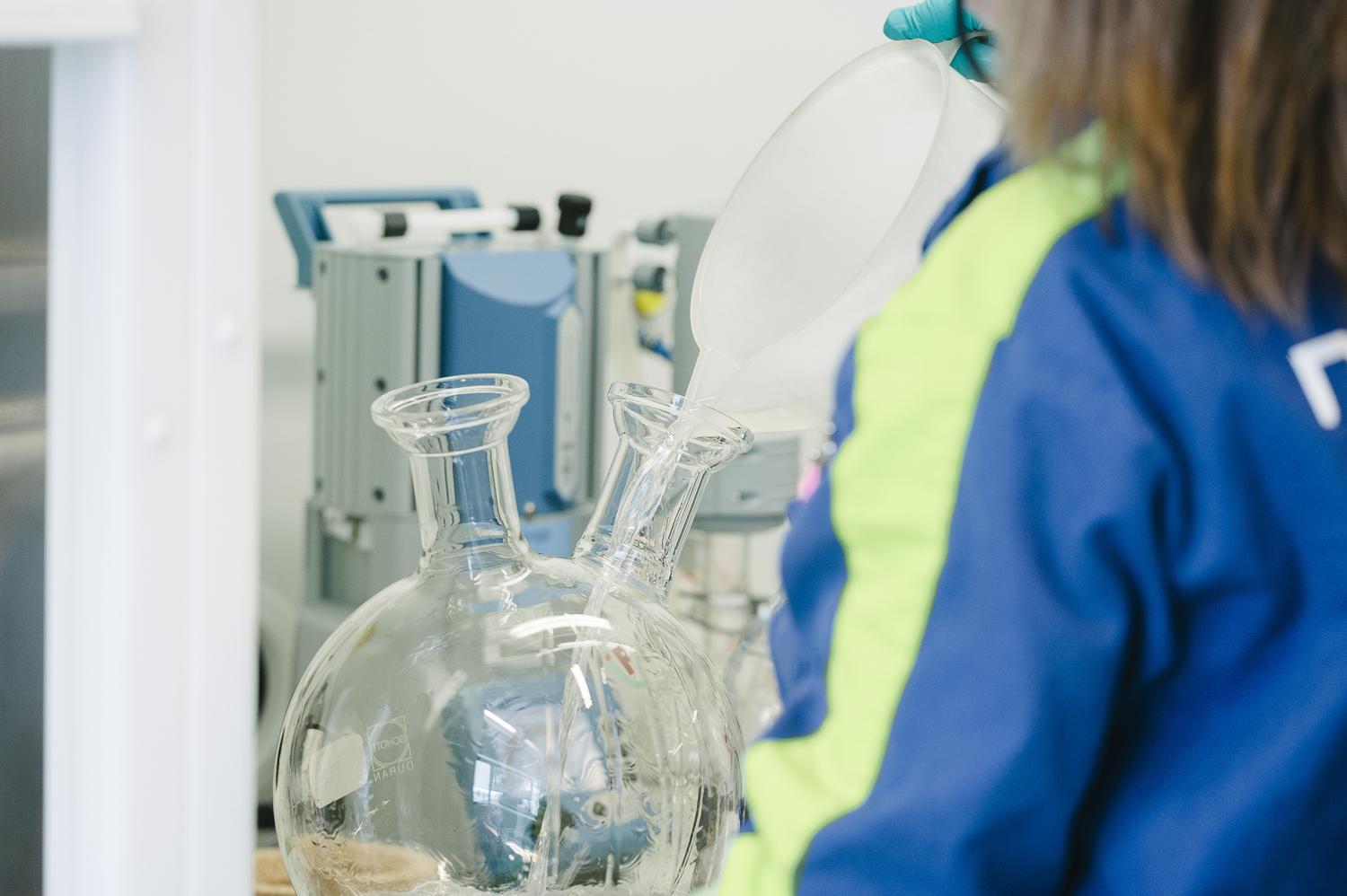
Innovation
6 minute read
What is green hydrogen, and how can it be used to build a healthier planet?
Nearly everyone has heard of hydrogen at some point in their life. It is, after all, the very first element on the periodic table. Today, hydrogen is often mentioned alongside technologies that are rapidly evolving to meet the pressing demand for cleaner, more sustainable energy.
While there is no silver bullet for climate change, it’s certainly possible for hydrogen to be a big part of the solution for reducing greenhouse gas (GHG) emissions and shrinking our carbon footprint. In this context, we most often hear about “green hydrogen.” But what, exactly, is green hydrogen?
Let’s take one step back and find out how hydrogen is used, and why it’s an important part of building a healthier planet.
Hydrogen basics, from grey to green hydrogen
Hydrogen is one of the most basic building blocks of the world around us. It easily combines with other elements and molecules (to form, for example, water), and with those combinations, countless things can be made — including energy. Using hydrogen in the process of storing energy is appealing because hydrogen provides an alternative to coal and oil. And when hydrogen is used for energy production, water and heat are the only by-products.
In addition, hydrogen can be used as a reactive agent — for example, to refine petroleum products by breaking down heavy molecules and removing impurities. In fact, this is the main use for hydrogen today. However, other markets, such as transportation (where hydrogen is used in fuel cells), are growing rapidly, demonstrating both the versatility of hydrogen and the need for further research and development.
“Decarbonizing existing hydrogen production by replacing grey (i.e. fossil) hydrogen with renewable hydrogen — which is essential for industries ranging from steel production to transportation — is an important means to cut industry emissions,” says Outi Ervasti, Vice President, Renewable Hydrogen at Neste. “Many of hydrogen’s current applications are very challenging to decarbonize, and can’t be solved directly with electrification. Instead, electrification must work hand-in-hand with green hydrogen.”

Grey, blue and green hydrogen
Currently, around 95% of all hydrogen is produced from fossil fuels. Hydrogen from natural gas (usually produced using a process called steam methane reforming) is called grey hydrogen, and it has two main drawbacks:
Natural gas is a non-renewable raw material.
Production of grey hydrogen causes significant carbon dioxide (CO2) emissions.
One way to make grey hydrogen production more sustainable is to use carbon capture technology to prevent the resulting CO2 emissions from reaching the atmosphere and contributing to climate change. When carbon capture is integrated with the production of hydrogen from natural gas, we call it blue hydrogen.
Through a process called electrolysis, however, which involves using renewable electricity to split water molecules into hydrogen and oxygen, it is possible to produce hydrogen in a way that does not require natural gas and creates no direct CO2 emissions. Since this process only requires water and renewable electricity, we refer to it as renewable hydrogen, or green hydrogen.
Green hydrogen acts as a renewable, scalable, and versatile raw material for processes such as manufacturing steel, cement, fertilizers, fuels, and other chemical products. In transportation especially, green hydrogen has the potential to significantly reduce GHG emissions in the next decade.
It is important to note that producing hydrogen requires substantial energy inputs, and an emphasis should be placed on ensuring the availability of renewable electricity when investing in green hydrogen production.
To recap:
Green hydrogen = low-emission and renewable
Blue hydrogen = low-emission and fossil-based
Grey hydrogen = higher-emission and fossil-based
Legislative support for green hydrogen — how crucial is it?
A strong awareness of climate change is an important driver of the hydrogen economy. The EU’s current hydrogen strategy calls for increasing development of hydrogen infrastructure and markets, and aims to make hydrogen a central part of the energy system. The goals were set to at least one million tons (6 GW) of green hydrogen by 2024 and at least 10 million tons (40 GW) by 2030. These significant goals set for green hydrogen production and the improved financing opportunities have accelerated the development of many hydrogen-related projects. However, legislators continue to play a crucial role.
“Both the supply and demand for green hydrogen currently need to be clearly regulated to form a solid framework on which investment decisions can be made,” points out Ervasti.
“Support for supply can come through investment incentives, while demand can be supported through mandates for the use of renewable fuels, as well as by ensuring that the cost of carbon emissions is reflected in fossil fuel pricing.”
In addition, it is important for electrical grids, pipelines and storage, and other infrastructure elements to be developed and maintained to meet the needs of the industry. Permitting processes also have to become quick and transparent. Ultimately, making a positive business case for green hydrogen and ensuring it can be deployed at scale requires government and industry to collaborate closely.
Neste is leaning into green hydrogen and leading the way
In Finland, Neste is already the largest producer and user of hydrogen, and is working on green hydrogen projects to decrease the carbon footprint of its refineries and to offer its customers high-quality fuels with even lower emissions than before.
In alignment with the company’s ambition to reach carbon-neutral production by 2035, Neste is working on a 120 MW electrolyzer project to produce green hydrogen at its refinery in Porvoo, Finland. The company has now begun the basic engineering phase of the project, and with an investment decision on track to be made in 2024, green hydrogen production could start as soon as 2026.
In Rotterdam, Neste is setting up a demonstration unit for green hydrogen production - the world’s first multi-megawatt electrolyzer based on the innovative SOEC (solid oxide electrolysis cell) technology that is integrated into industrial production.
In the short term, Neste plans to use green hydrogen to provide more sustainable support for its refinery processes. However, in the longer term, the company plans to use hydrogen as a raw material for e-fuels, further supporting the company’s climate and sustainability goals.
With many companies undertaking similar efforts around the world, essential partnerships and collaborations are emerging to facilitate the successful development and deployment of green hydrogen at scale.
The transition to a green hydrogen economy is just getting started, and the path to large-scale adoption of renewable hydrogen needs pioneers to lead the way. Focus on renewable hydrogen is an essential part of Neste’s strategy as well as its goal to reach carbon-neutral production by 2035.
As Ervasti notes: “The opportunities for green hydrogen are vast, as are the challenges. With innovation in our DNA at Neste, this is precisely the kind of work we are passionate about.”
By taking action now, as well as continuing investment and development, the company aims to be a major contributor to this emerging and promising opportunity to reduce emissions — both its own and those of its customers — while bringing new solutions to the table and building a healthier planet for all.
Credits:
Neste




